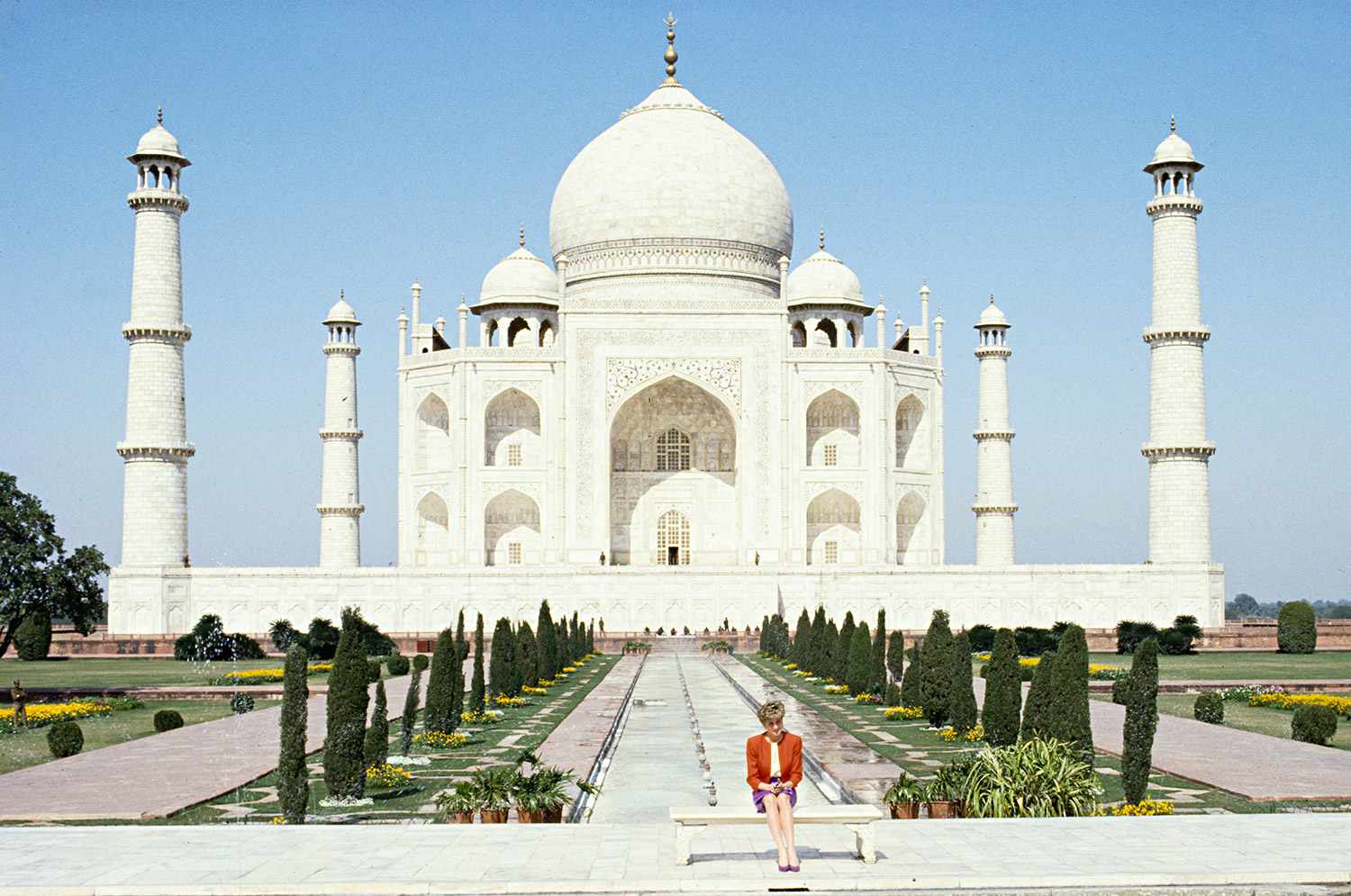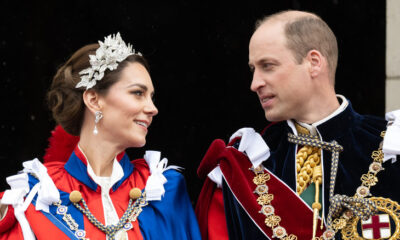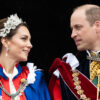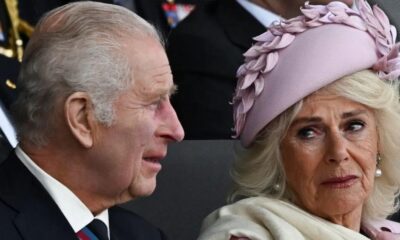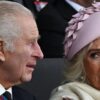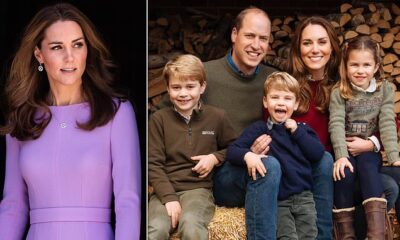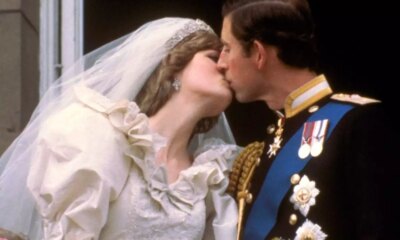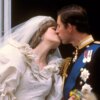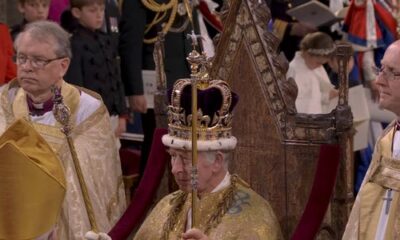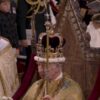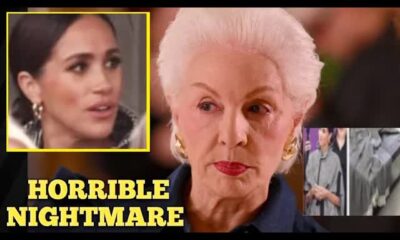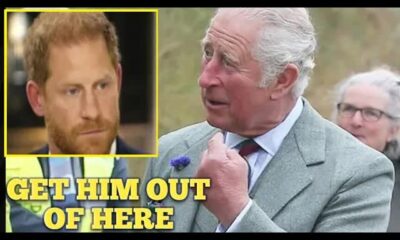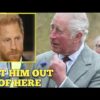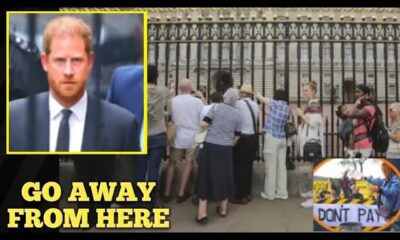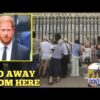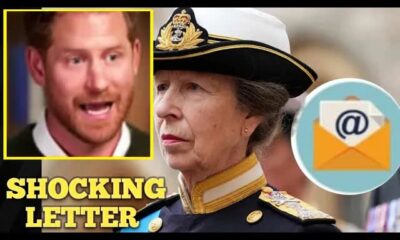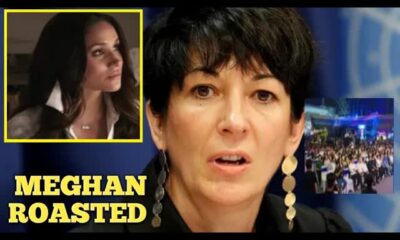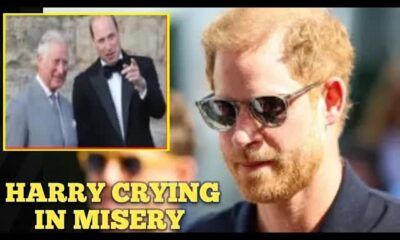The News
The Untold Story of Princess Diana’s Last Day: A Tragic Journey
Princess Diana's untimely death has long been shrouded in mystery and speculation.
For years, countless rumors have swirled around the events leading up to that fateful night.
Yet, many questions still linger, leaving a sense of unresolved intrigue.
In a shocking revelation, it appears that the answers we seek may lie within the dramatic final 24 hours of her life.
Let's take a closer look at the untold history of Diana's last day and the heartbreaking circumstances surrounding her premature passing.
On the morning of Saturday, August 30, 1997, Princess Diana started her day like any other, albeit one filled with extraordinary tension.
She was enjoying the final days of her Mediterranean vacation on the idyllic island of Sardinia, Italy, alongside her partner, Dodi Al Fayed.
Despite the picturesque surroundings, peace was elusive for Diana, who was constantly pursued by relentless paparazzi capturing every moment of their relationship.
In the early afternoon, the couple boarded a private jet owned by Dodi's father, Mohamed Al Fayed, a wealthy businessman known for his ownership of the Ritz Hotel in Paris.
Their destination was Paris, where they planned to spend the night before heading back to London.
However, their attempts to evade the watchful eyes of the press were futile, as someone had tipped off the photographers, who were already waiting for them upon arrival.
The flight from Sardinia to Le Bourget, a VIP terminal in Paris, took less than two hours.
At precisely 3:20 PM, the jet touched down, greeted by a frenzy of over twenty photographers on motorcycles and scooters.
As Diana exited the airport, flanked by her security guard Trevor Rhys-Jones and driver Henry Paul, the chaos escalated.
Michael Cole, the Al Fayed family spokesman, later described their arrival as anything but tranquil, with photographers snapping pictures at every turn.
Diana expressed her distress over the pandemonium, reportedly stating that one of the photographers would eventually get hurt.
Her concern stemmed not from her own safety, but from the reckless pursuit that endangered everyone involved.
That afternoon marked the beginning of a tragic chapter that would leave the world mourning the loss of its beloved people's princess.
Upon arriving at the Ritz, Diana and Dodi sought refuge in the hotel's Imperial Suite around 4:30 PM.
Although they hoped to enjoy a brief respite from the chaos, the paparazzi continued their relentless pursuit.
Just two hours later, Dodi discreetly left the hotel to collect a ring from a nearby jewelry store—one they had chosen together during a prior visit to Monte Carlo.
This moment sparked endless speculation about their relationship and whether an engagement was on the horizon.
At 7:00 PM, the couple attempted to visit Dodi's apartment on the Champs-Élysées, hoping for a private evening.
Unfortunately, photographers were already positioned outside, ready to capture their every move.
Security personnel requested that the photographers give them some space, but the response was dismissive, emphasizing the intrusive nature of the media.
Faced with the prospect of being photographed through restaurant windows, they decided to return to the Ritz, a choice that would prove pivotal.
Despite the short distance of just two kilometers, the paparazzi pursued them aggressively.
Security cameras captured one of the last public images of Diana as she entered the hotel, visibly shaken by the day's events.
Later that evening, Henry Paul, the Ritz's interim head of security, returned to work after a period of absence.
Reports indicated he had consumed a significant amount of alcohol, with toxicology tests revealing his blood alcohol level was three times the legal limit in France.
Around midnight, Diana and Dodi made the decision to leave the hotel, hoping to avoid the prying eyes of the media by using a back exit.
Accompanied by Henry Paul and Trevor Rhys-Jones, they set off in a rented Mercedes at 12:15 AM.
Unfortunately, their efforts to elude the paparazzi were in vain.
A pack of photographers quickly began chasing them, weaving through traffic in a desperate attempt to capture the couple.
As the chase intensified, witnesses later recalled the surreal sight of a black Mercedes speeding through the streets of Paris, flanked by motorcycles with photographers aiming their cameras like weapons.
The car reached alarming speeds, with reports indicating that Henry Paul was attempting to shake off the relentless pursuit through erratic driving.
Tragically, this chaotic journey took a fatal turn as they approached the Pont de l'Alma tunnel.
Inside the dimly lit tunnel, disaster struck.
The Mercedes collided with a white Fiat Uno, leading to a catastrophic loss of control.
The vehicle then crashed violently into a pillar, resulting in a mangled wreck.
Dodi Al Fayed died instantly, while Trevor Rhys-Jones survived but suffered severe facial injuries and later claimed to have no recollection of the accident.
Diana, critically injured, was rushed to the hospital, but despite the medical team's best efforts, she succumbed to her injuries at 4 AM on August 31, 1997.
The news of her death sent shockwaves around the globe.
In the following days, a heartbroken Prince Charles and Diana's sisters traveled to Paris to bring her body back to London.
The world collectively mourned the loss of the people's princess, with millions paying tribute at Kensington Palace, leaving flowers and heartfelt messages.
On September 6, 1997, Diana was laid to rest in a ceremony watched by over 2.5 billion people worldwide, as her sons, Prince William and Prince Harry, walked behind her coffin.
Diana's life and tragic death serve as a poignant reminder of the challenges faced by those living in the public eye.
Her legacy continues to resonate, symbolizing compassion, humanity, and the enduring power of love.
The events of that fateful day remain etched in our memories, urging us to reflect on the implications of fame and the relentless pursuit of those who seek it.


